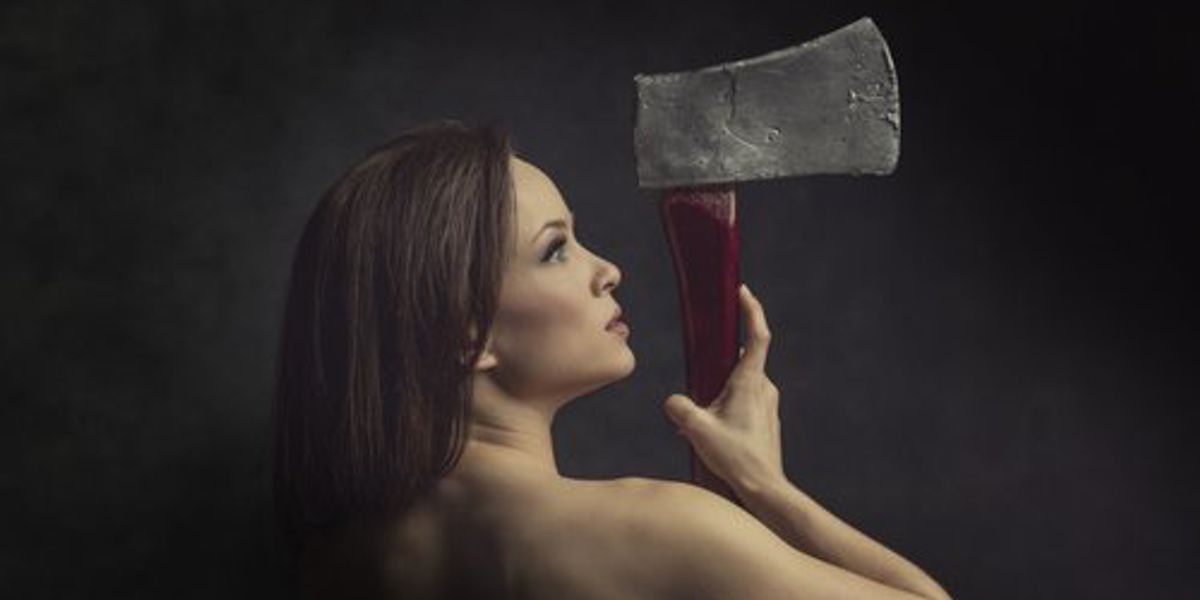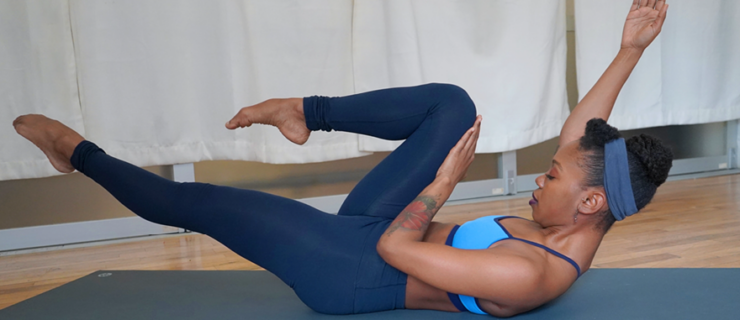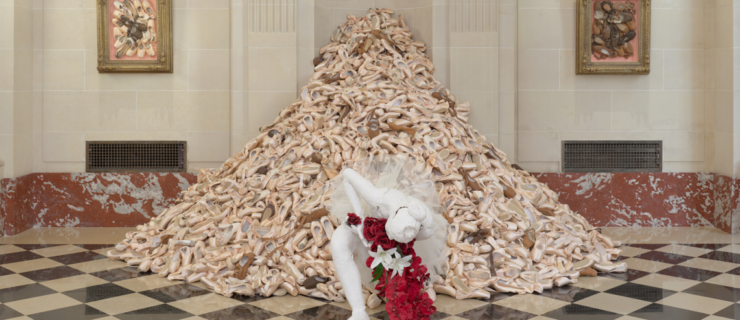Nashville Ballet's "Lizzie Borden" Dabbles in Darkness
Choreographing murder is a—let’s call it unique—area of expertise. But it comes in handy in the month of Halloween, when companies like Nashville Ballet give audiences a seasonal taste of the grisly and gothic.
For good reason, artistic director Paul Vasterling calls his October program “Ballet Noir”: This year’s Lizzie Borden is based on the story of the Massachusetts woman accused of an 1892 double homicide that made international headlines. Agnes de Mille famously choreographed a ballet version in 1948 called Fall River Legend. Though Borden was ultimately found not guilty of murdering her parents, de Mille and composer Morton Gould took artistic license, finding the defendant guilty as charged.
Vasterling’s own spin on the story, first staged in 2006, borrowed Gould’s music, but introduced an eerie supernatural phenomenon he’d read about known as “shadow people.” These are the dark streaks of movement some superstitious folks claim to see in their peripheral vision. “A shadow man haunts Lizzie throughout the ballet,” Vasterling says. “He becomes her curse.”
For this revival, Vasterling commissioned a new score that pulls the dance further away from its historic narrative. He pairs Lizzie Borden with a world premiere of The Raven, by company dancer Christopher Stuart, based on Edgar Allan Poe’s poem. It’s a dark doubleheader.
So how does a choreographer induce goose bumps? “It’s amazing what you can do in the theater,” Vasterling says of the moment when his Lizzie, naked, hatchet in hand, slowly recedes behind a curtain. “It’s 30 seconds of silence,” he says. “You can hear a pin drop.”




